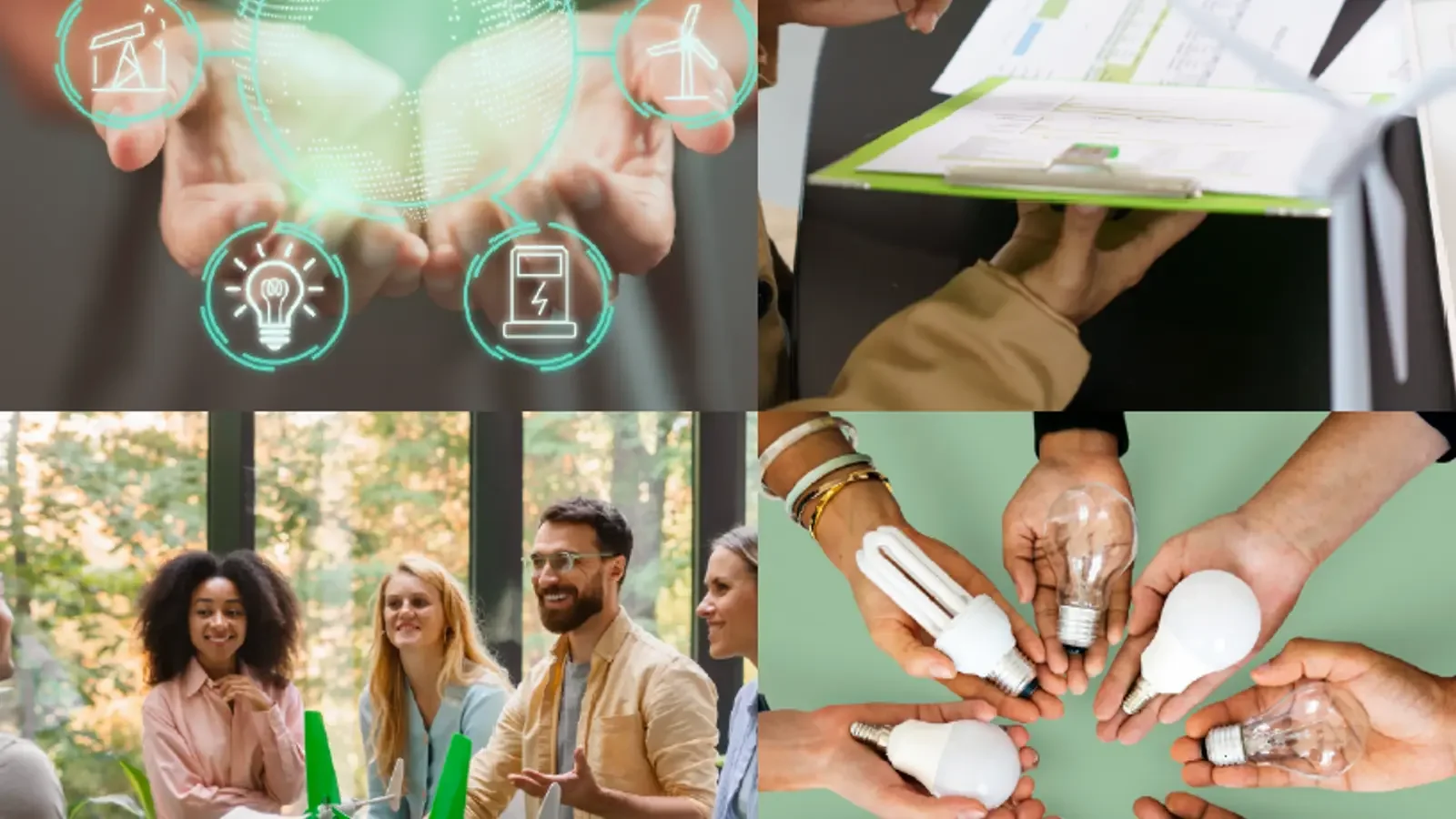
UPDATES
10/11/2025
How CELINE drives sector digitalisation and Europe’s energy future
The CELINE project is showing how smart tools and citizen-driven processes can make energy communities stronger, more flexible and more efficient.
(This article was originally published by Enlit on 30 October 2025)
What does digitalisation really mean, when we turn on the lights? Too often, energy innovation is discussed in abstract terms. But CELINE changes that. By combining advanced digital tools with real-life communities, the project is proving that data and participation can reshape how Europe produces, shares and consumes energy.
Rather than talking about distant targets, CELINE is about people: neighbours in a Spanish city who finally see where their electricity goes, villages in Finland that learn to act as one and families in Italy who can respond to peaks and dips in the grid. This is digitalisation translated into empowerment.
CELINE methodology
Behind every community, there is a toolbox – a digital toolbox built with people. CELINE’s approach combines advanced digital tools with participatory design.
The digital toolbox is a modular platform with three key branches:
Data management, helping communities monitor and optimise their consumption.
Flexibility services, enabling to adapt to fluctuations and support the wider grid.
Community governance, providing shared digital spaces for collective decisions.
Altogether, in the pilots, CELINE helps households visualise and optimise consumption in Spain; enables dispersed communities to act together through one platform in Finland; and provides algorithms to strengthen demand flexibility in Italy.
And, to ensure these tools are relevant and user friendly, the project deploys living labs in each pilot country. These participatory spaces bring citizens, municipalities and experts together to test, refine and adopt the solutions. Because CELINE is not only about technology, living labs make sure digitalisation doesn’t happen in a vacuum, isolated. Citizens, municipalities and stakeholders co-create the tools, test them, and refine them. This guarantees that solutions are not just well designed in paper: they are usable, understandable, and rooted in local needs.
Three pilots, three lessons
Digitalisation looks different in every country, and in every community. In fact, one of CELINE’s greatest challenges is that energy communities across Europe operate under very different realities. National regulations interpret EU directives in diverse ways and every local reality brings its own particularities to the table. What works in one country may not work in another. That is why the project embraces this complexity by testing its approach in three distinct pilots: Spain, Finland and Italy.
In Spain, the pilot is centred on visibility in urban neighbourhoods where energy poverty is a pressing issue. The toolbox allows households to see their consumption patterns for the first time, making energy flows transparent and enabling collective decisions to reduce consumptions and costs. Early workshops with vulnerable households confirmed that transparency can empower citizens, but they also revealed the need for continuous support, so that digital tools don’t become another layer of complexity.
In Lappeenranta in Finland, CELINE is testing a virtual power plant (VPP) that connects 17 public buildings, such as schools, libraries and sports centres, into one coordinated network. What the pilot wants to show is that, even if the buildings are spread out, they can work together as if they were one. In a country where distances between municipalities are long and winters are harsh, the project faces the reality that rural digitalisation requires a robust infrastructure and a careful design, to be sustainable.
In Italy, CELINE steps into the alpine setting of Alpe Cimbra, working with the Green Land cooperative. Here the challenge is around flexibility: how to make local communities adapt their energy use to ups and downs and, in doing so, help the grid remain stable. With CELINE’s data-driven services, residents start to experience flexibility as something tangible. Yet, the experience also highlights that technology may be ready, but the rules are not always there to follow.
So together, these three pilots highlight a crucial lesson: digitalisation for energy communities is not simply about designing, creating or implementing the tools. It is mainly about navigating diverse social, regulatory, and technical landscapes. CELINE’s role is to learn from these realities and show how Europe’s energy future can be both digital and inclusive.
Empowering people
The digitalisation of the energy sector is not only about numbers, but also about empowering people and making their lives easier. Also, it’s about making them better understand a sector that is often seen as complex, abstract and too technified.
CELINE shows that advanced tools can be designed with citizens, not just for them. Whether by helping urban families save, rural villages unite, or communities trade flexibility, the project is making the future energy system more human, participatory and fair.
This journey is just beginning. CELINE is still in its early stage and the real challenge now is to develop the project and put its vision into practice. The idea is strong and the consortium is already working hard to make it real. What is already clear, however, is one essential point: when digitalisation empowers citizens, the energy transition accelerates.
References
CELINE Project: https://cordis.europa.eu
Directive (EU) 2018/2001 on renewable energy (RED II).
Fondazione Bruno Kessler (FBK). (2023). CELINE, the European project to develop innovative digital services in energy communities has kicked off.
About the author
Anna Pruna Galdon works at Ecoserveis, a partner of the CELINE project. She leads the project’s communication efforts and coordinated the preparation of this article, with revisions by Marion L’Épine from SmartEn and Joan Estalella and Irene Mata from Ecoserveis.
TAGS:

